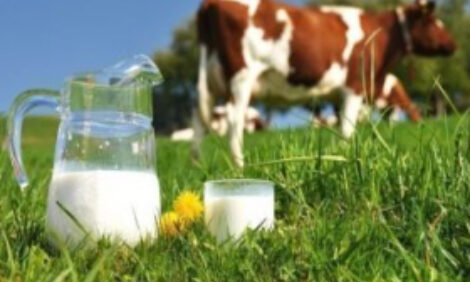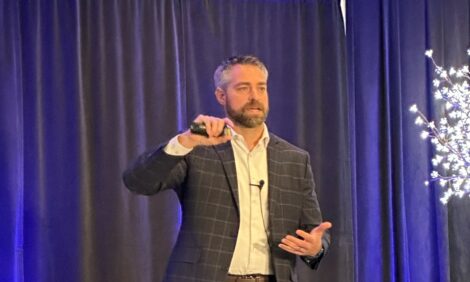



Monitor and maintain for optimum pond performance
When experienced heavy rains, the added precipitation can give landowners an opportunity to evaluate their ponds.In a general purpose pond as well as one available to livestock, Marley Beem, Oklahoma State University Extension specialist in aquaculture, said landowners should monitor the overflow structures — such as an internal standpipe — for floating debris.
“After a major overflow event has occurred, remove any floating limbs or items that impede or clog the pipe,” Beem said. “One of the major dangers of a failed primary spillway is overtopping, which can quickly lead to a dam blowout.”
Spillway structures have a limited lifetime of anywhere from 20 to 50 years before corrosion compromises their integrity. When a primary spillway can no longer handle the amount of water delivered by a watershed, an auxiliary spillway functions to allow a safe overflow. This is a flat, earthen channel around one end of the dam. Beem advises quickly repairing any erosion and keeping the channel well vegetated and free of debris.
“Flowing water has tremendous cutting power, so it’s well worth your time and effort to make sure your control structures are functioning as intended,” he said.
Beem also recommends monitoring the following pond features:
- Aquatic plant growth — watch for significant expansion of plants on a yearly basis. Ponds become choked with weeds incrementally over several years.
- Pond basin — the soft, saturated soils of the pond edge where cattle stand to drink is always vulnerable. Hoof damage can shallow out a pond leading to weed problems.
- Fish populations — assess what fish are currently in the pond before adding fingerlings. Restocking is a waste if the investment of fingerlings is eaten by bass.
“If ponds are overcrowded or full of undesirable fish, such as mud cats and common carp, you will never get the pond back into balance,” he said. “Assess any species that is overabundant and skinny and try to thin out those numbers to ensure the ones that remain have enough natural food to eat.”
Click here to See Oklahoma State University's guide on pond management.



